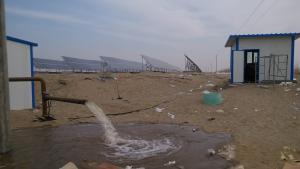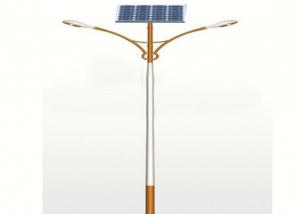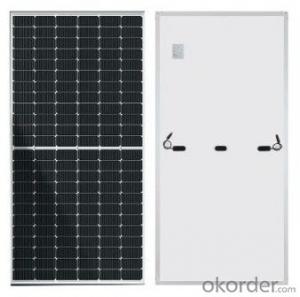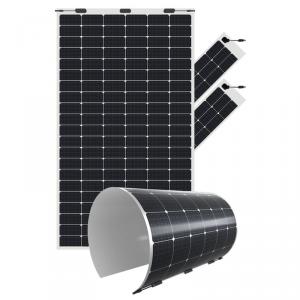Solar Smart Inverter
Solar Smart Inverter Related Searches
Smart Solar Inverter Smart Inverter Solar Smart Solar Power Inverter Smart Inverter Solar Power Solar Smart Micro Inverter Smart Hybrid Solar Inverter Solar Solar Inverter Smarten Solar Inverter Intelligent Solar Inverter Solar Electric Inverter Solar Energy Inverter Sun Solar Inverter Inverter Solar Smart Solar Inverter Price Solar Battery Inverter Solar Home Inverter Power Solar Inverter Samsung Solar Inverter Solar Plant Inverter Solar Light Inverter Solar Hybrid Inverter Solar Powered Inverter Solaris Solar Inverter Solar Module Inverter Power Inverter Solar Solar Converter Inverter Solar Photovoltaic Inverter Solar Power Inverter System Solar Inverter System Sunshine Solar InverterSolar Smart Inverter Supplier & Manufacturer from China
Solar Smart Inverter is a cutting-edge product designed to optimize the performance of solar energy systems by intelligently managing the conversion of solar power into usable electricity. These inverters are engineered to maximize efficiency and minimize energy loss, making them an essential component for any solar power setup. They are particularly effective in residential and commercial applications where energy conservation and cost savings are of paramount importance.The Solar Smart Inverter is widely used in various scenarios, including grid-tied solar systems, off-grid solar systems, and hybrid solar systems. It plays a crucial role in ensuring that the solar panels' output is effectively converted into AC power that can be used to power homes, businesses, or fed back into the grid. This product is also beneficial in remote areas where traditional power sources are not readily available, providing a reliable and sustainable energy solution.
Okorder.com is a leading wholesale supplier of Solar Smart Inverters, boasting a vast inventory to cater to the diverse needs of customers worldwide. With a commitment to quality and customer satisfaction, Okorder.com ensures that each Solar Smart Inverter is of the highest standard, meeting the rigorous demands of the renewable energy market.
Hot Products
















































